ARQ. CLAUDIA HARARI
Mexican architect with a master’s degree in landscape architecture from Harvard University, is a founding partner and creative director of HLA. She has received the ASLA and SAPM awards.
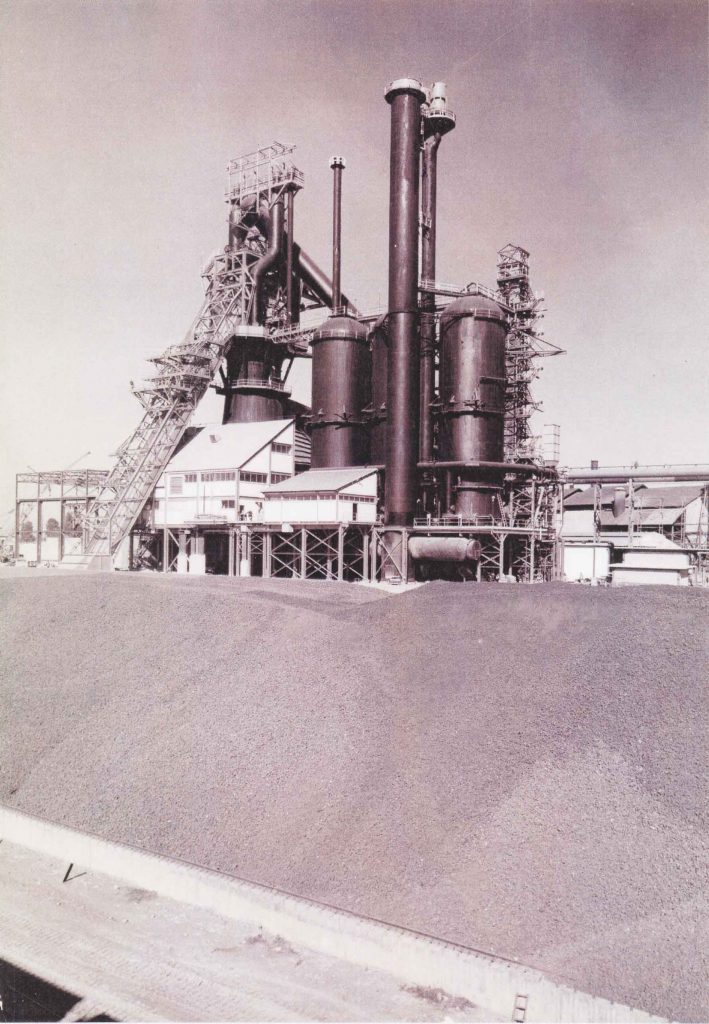
Ancient image
WHAT IS NEEDED TO ADAPT AND GROW AN ECOSYSTEM IN HIGHLY CONTAMINATED SOILS?
There are several methods and strategies depending on the type of pollution, but ironically, native vegetation is the one that does the better phytoremediation. Plants use their roots through the process of photosynthesis to begin to process contaminants that are in the soil. Of course, depending on the kind of pollutants, some are difficult to be removed, and some others are never going to be able to be removed at all, so you must encapsulate them.
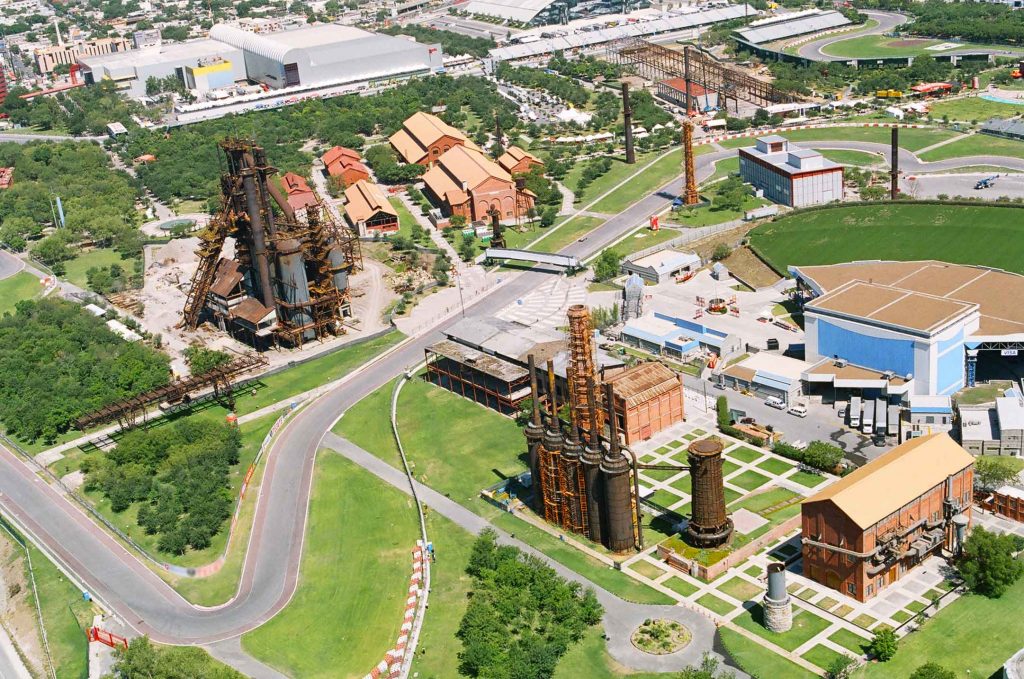
Aerial view
In more contaminated places, when the material is dangerous, the contaminant should not be taken from one place to another as it would be hazardous. What it must be done is to leave it in the place where it is located, try to concentrate it and make a capping. This means completely isolating the contaminant through concrete membranes, geomembranes or stones. Then, soil with black dirt is placed and finally you can plant a garden on it.
Some examples of places that have gone through these processes are Freshkills in the United States and the Fundidora Park in Monterrey.
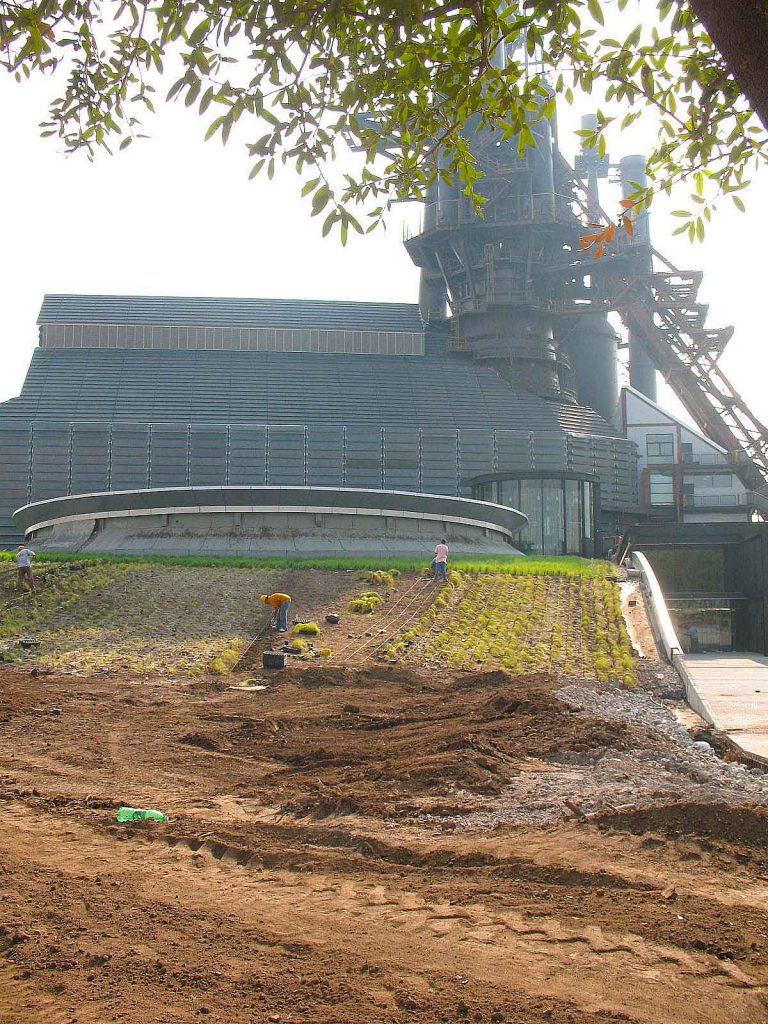
Planting process of plant species
WHAT IS THE IMPORTANCE OF REVITALIZING INDUSTRIAL PLANTS THAT HAVE BEEN ABANDONED THROUGH LANDSCAPE DESIGN?
Depending on the type of industry and where it is located, it is the importance that should be given to that heritage. Industrial heritage, for example, in Monterrey, was part of its foundation, its growth, its existence, the history of the city, then conserving it is very important because it is to understand the history of where this city arises; thanks to which industries the city was created and developed.
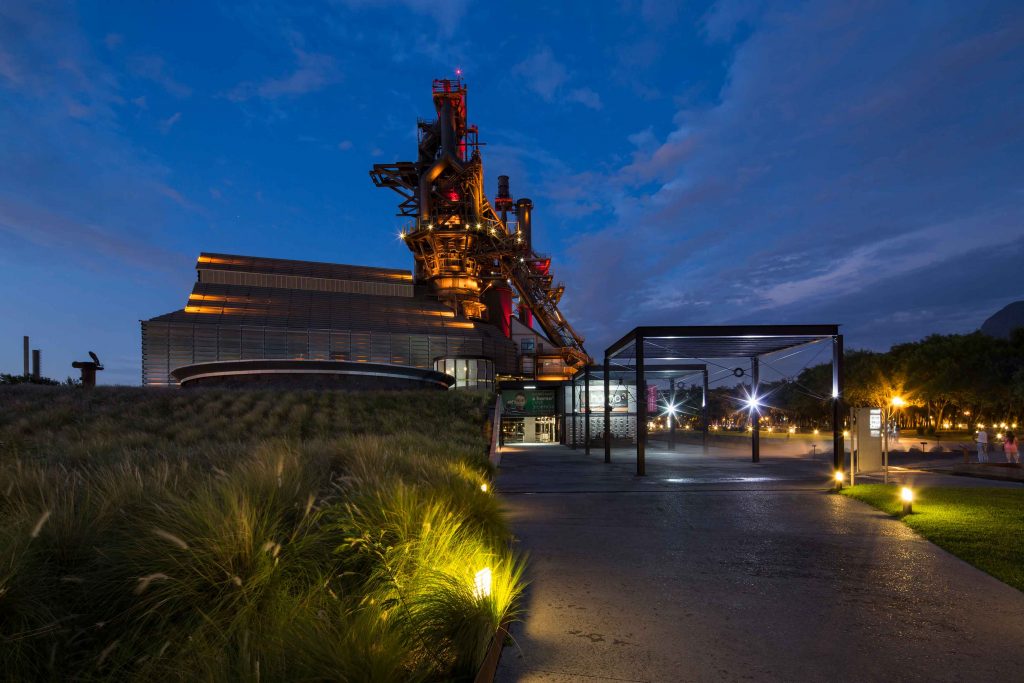
Vista nocturna del parque Fundidora Fotografía: Jorge Taboada
HOW TO KEEP ALIVE THE MEMORY OF INDUSTRIAL HERITAGE BY TRANSFORMING AND REUSING THE SITE?
Considering the architectural value of buildings, industrial plants or machines such as the furnace 3 in Fundadora, because they are part of a past, they are even cataloged by the National Institute of Anthropology and History (INAH, by its acronym in Spanish) for this value since they cannot be found again.
It is like new archeology because they belong to another era and in addition to their aesthetic beauty, they create fascinating and different living buildings or structures, which enrich any urban architectural landscape project.
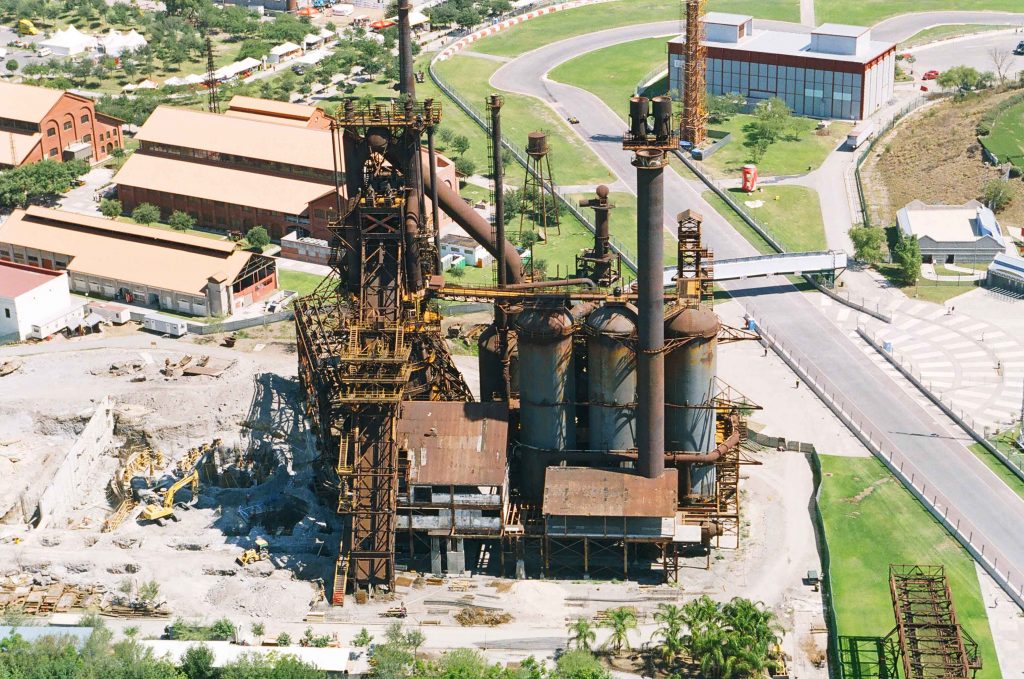
“It is crucial and enriching to have in any area of the city, industrial remains that can be transformed into public spaces since they give a touch, a taste and an exceptional value.”
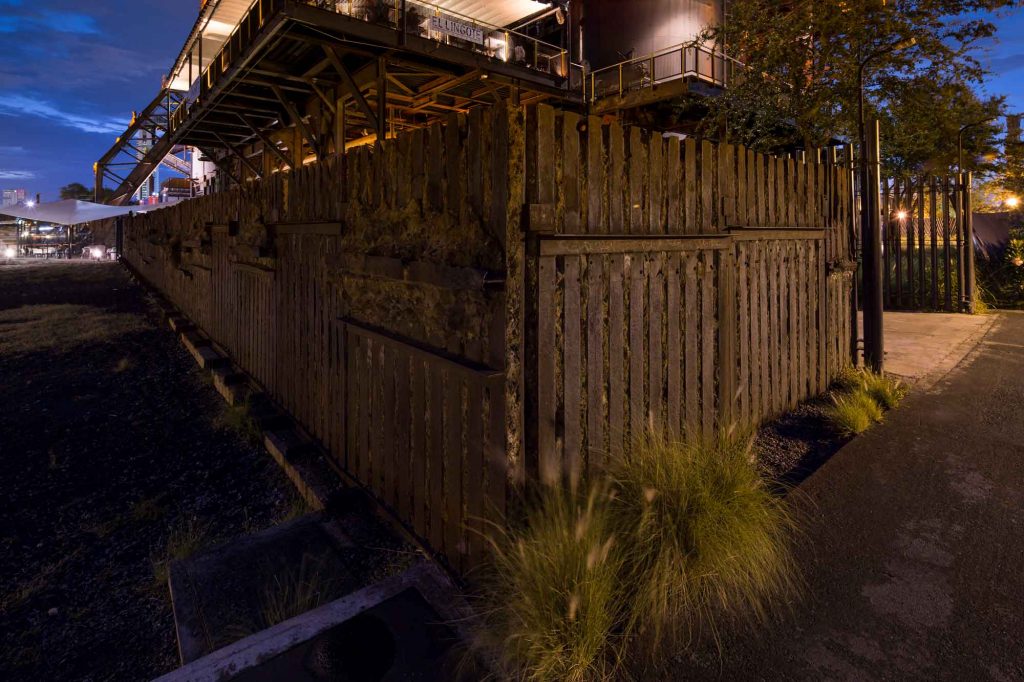
Reuse of industrial elements








